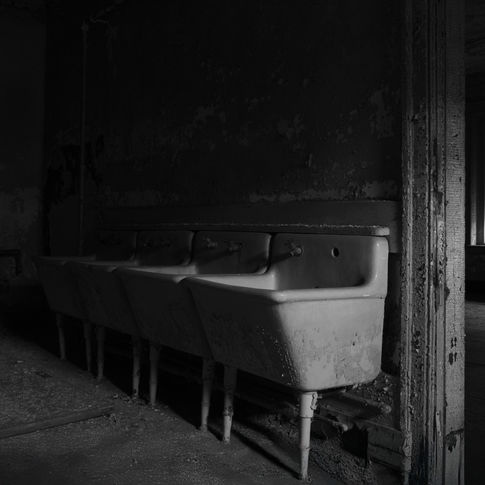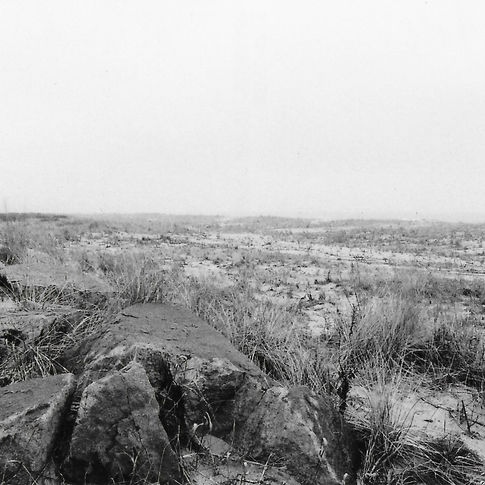Marshall McLuhan wrote that, “Instead of depicting a world that matched the world we already knew, the artists turned to presenting the creative process for public participation. He has given to us now the means of becoming involved in the making-process.” In other words, some art, unlike photography, allows the viewer to create a new reality for the art. The same might be said of memories; memories move from one generation to the next and are thus forcibly participatory. It is only until one’s memory is interrupted that this generational process disbands. We do not own our memories; yes, our memories are ours but our own personal memories also belong to families, friends, and sometimes strangers. However, memories will eventually be stolen away from us. It was the witnessing of my father’s memory being stolen away by Dementia that has inspired Vestige; a series of photographs that explore and push the boundaries of evocation — that someone, anyone, somewhere, anywhere, at any time, can extract new realities and new meanings from these photographs. For this exhibit, the new reality for the photographs is that the photo negatives were found at a Salvation Army store for $12. They document post-World War II German factories, church crosses in the Southern United States, World War I war-torn Italy, middle-America depression-era towns, homes, and repossessed lands. The photographer is unknown. The only clues are cryptic locations and dates that have been written on the sleeves of the negatives. This new memory should be transformed over time by the viewer; this act of abandonment, of denying ownership will make for a much richer and longer-lasting mental memento for future generations.





















